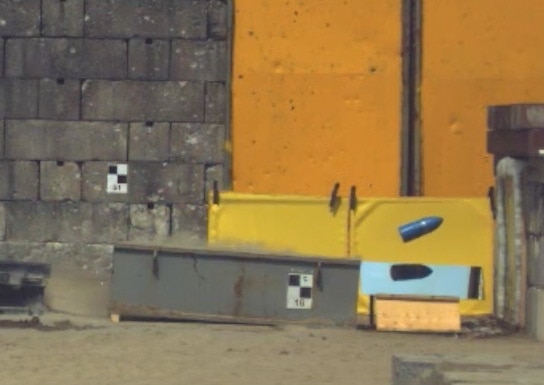Create a free profile to get unlimited access to exclusive videos, sweepstakes, and more!
How to Ram a Planet

Some of the most interesting things in the solar system lie just beneath the surface of its worlds. At mid-latitudes, Mars has water ice just centimeters below the surface dust and rocks. Europa is a frozen moon of Jupiter, an ice shell wrapped around a global ocean. Enceladus, a moon of Saturn, is much the same. Comets, too, have ice located just beneath their thin rock veneer, and some asteroids almost certainly have ice deposits in them.
Getting past the surface and into the interesting bits poses a problem, though. Digging is hard, and melting means access to a lot of energy thatâs difficult to provide on a space probe. So why not take a more direct approach?
Ram them!
Literally: Send a probe at high speed into the surface of your target to break on through to the other side. You have to build them tough, and your instruments have to withstand a whopping great acceleration. But itâs possible, and the European Space Agency is testing high-speed impactors now. They just released this great video of a test, where they slammed a 20 kilogram (45 pound) âpenetratorâ into ten tons of ice at a whopping 341 meters per secondâ760 miles per hour, just under the speed of sound:
That is so cool! And impressive: the penetrator got whacked as it hit the top of the enclosure, but survived with just a dent, despite being subjected to a savage 24,000 g of deceleration. Not sure what that means? Itâs hundreds of times the acceleration that would kill a human being.
I rode in a fighter jet and we got over 5 g briefly, and while it wasnât lethal, it wasnât exactly fun. 24,000 g is mind-numbing, But we can make things that survive it. Iâll note this is simply a test of technology, and there arenât any current plans to use this type of probe to explore the planets.
So who knows? If there are fishies swimming under some permanently-frozen moon of an outer world, or secrets locked up in the interiors of Mars or comets or asteroids, our first glimpse of them may come from some instrument capable of withstanding years of traveling in vacuum, hard radiation from the Sun, and then a final, severe blow before finding rest⦠and maybe also finding some answers to some very curious questions.
[Update (Sep. 30, 2013): Slate has posted a new video with a lot more information and different camera angles on the impact test.]














